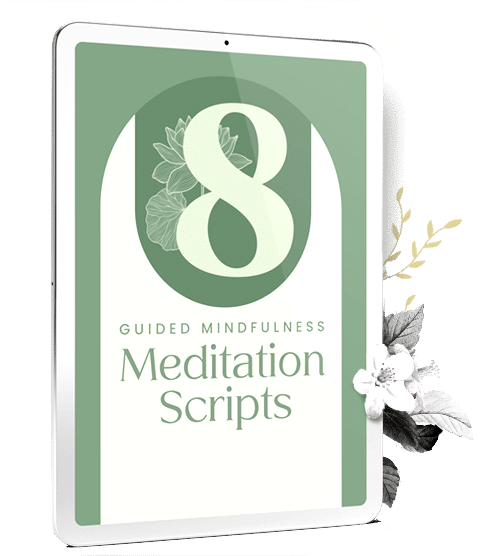Getting to Know Our Emotions
It can be difficult to know exactly what we’re feeling in any given moment; however, with the help of mindfulness and meditation practices, we can start to clarify whatever it is we are experiencing. Mindfulness and emotions are well-paired because through mindfulness practice, we tend to find we are able to more effectively navigate the often challenging waves that move through us.
Mindfulness of emotions is explored in this worksheet. It invites us to label – without judgment or attachment – whatever feeling presents itself inside of us. By noting the present of, for example, love or shame, without attaching a sense of ‘I’ to that feeling, we are able to be with the experience without it overpowering us. Where trauma is present, it might be most beneficial to begin with loving kindness practices before diving deeper into this emotional work. Alternatively, you might find support from an experienced practitioner.
How to Increase Mindfulness of Emotions
To enhance our awareness of the emotions we experience, we can practice these 4 steps (as it feels safe for us to do so). These steps are outlined and explored in greater detailed in the Mindfulness of Emotions guide:
- 1Turn towards the emotion.
- 2Identify the emotion without judgment.
- 3Feel into the bodily sensations associated with the emotion.
- 4Become aware of its impermanence.
When we explore mindfulness and emotions side by side in this way, we enhance our ability to navigate them effectively. It’s not about pushing them away; instead, it’s about letting them be present without fear or judgment.
Clarifying our emotions is a big part of this because without doing so, we can find ourselves caught up in a cloud of racing thoughts that exacerbate what we are feeling. Instead, we can scan the body to find out what is present. If, for instance, anger is present, we can compassionately hold the sensation in our awareness while mindfully noting, ‘anger… anger… anger.’ As all things come and go, the feeling will naturally ebb.














